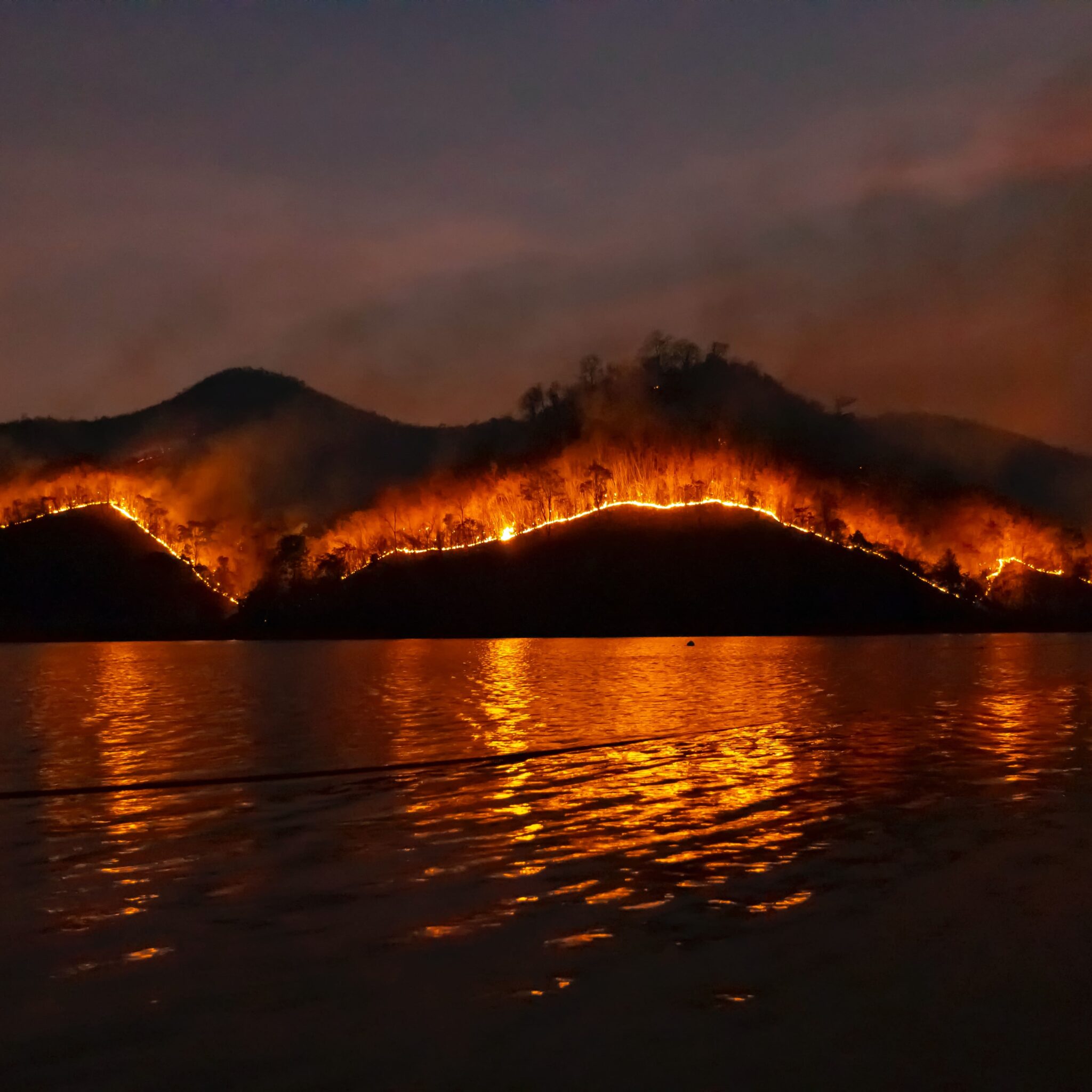Trees, Fires, & Safety: An Integrated Approach to Wildfire Prevention
Although many tree-care professionals fail to consider it, fire safety is inextricably linked with tree maintenance. After all, wildfires often use trees to spread, and given the obvious value of the homes urban and suburban trees neighbor, it only makes sense to think about the way your installation and pruning services will influence a hypothetical fire.
We’ll point out five straightforward and sensible scenarios in which tree-care professionals, arborists and homeowners should consider both trees and their relationship with potential wildfires. With this kind of forethought, it may be possible to avoid serious problems in the future.
Think Fire Safety During Installation
It’s easy to overlook fire safety during installation, as you’re typically dealing with relatively young, healthy trees – you’re not being confronted with a dead-standing cedar that’s been drying out in the sun for 10 years. But these young trees can also provide life-giving fuel to a wildfire.
It’s also worth noting that those trees will grow, mature and – potentially — struggle with any number of health problems. A few years from now, these now-healthy trees may be dead, dry and deadly. So, just be sure to think about fire safety while you’re making installation recommendations.
Consider the Vegetation Beneath the Canopy
The plants and shrubs planted beneath the trees on a property – such as in mulched beds – also influence the path wildfires may take. Consequently, these plants deserve just as much consideration as the trees growing above them. Not only must they remain healthy and – more to the point – full of water, but they should also be tended regularly, so dead leaves and branches can be cleared from the area.
Don’t forget to consider the mulch used in these areas, either. Many mulches – such as pine needles, for example – are quite flammable and best avoided in high-risk areas.
Dead Stuff Must Go
Chances are, you’d already recommend that homeowners and property managers have any dead trees or branches removed – that’s tree-care 101. As you know, dead wood is going to fall. It may fall in 10 minutes or 10 years, but it is guaranteed to fall eventually. So, it always makes good sense to remove dead standing wood when it occurs near occupied buildings or high-traffic areas.
Dead wood also presents an incredible fire-hazard, thus providing another reason to have it removed. So, if wildfire is a potential threat in your area, be sure that you’re regularly inspecting your client’s properties for dead, dying or stressed trees.
Different Species Present Different Risk Levels
It’s important, when considering the intersection of trees and wildfire safety, to bear the identity of the trees you’re examining in mind. Some trees will simply present far greater fire risks than others.
But this is not only important during installation (you don’t want, for example, to plant sap-rich species in high-risk areas), it is also important to keep the species you’re faced with in mind when thinking about pruning. In other words, you may want to remove high-risk species when they’re growing close to homes or businesses, while carefully allowing low-risk species to persist.
Conclusion
Our friends in the western U.S. often keep wildfire safety at the front of their minds, but it is important for tree-care professionals in the eastern half of the country to consider fires too. After all, there are ecosystems in the east that experience periodic wildfires, and fire presents a danger to life, limb and property in all locations.
So, be sure to consider the way fire would interact with the trees you maintain on behalf of their clients. Your actions could have far-reaching consequences down the line.


